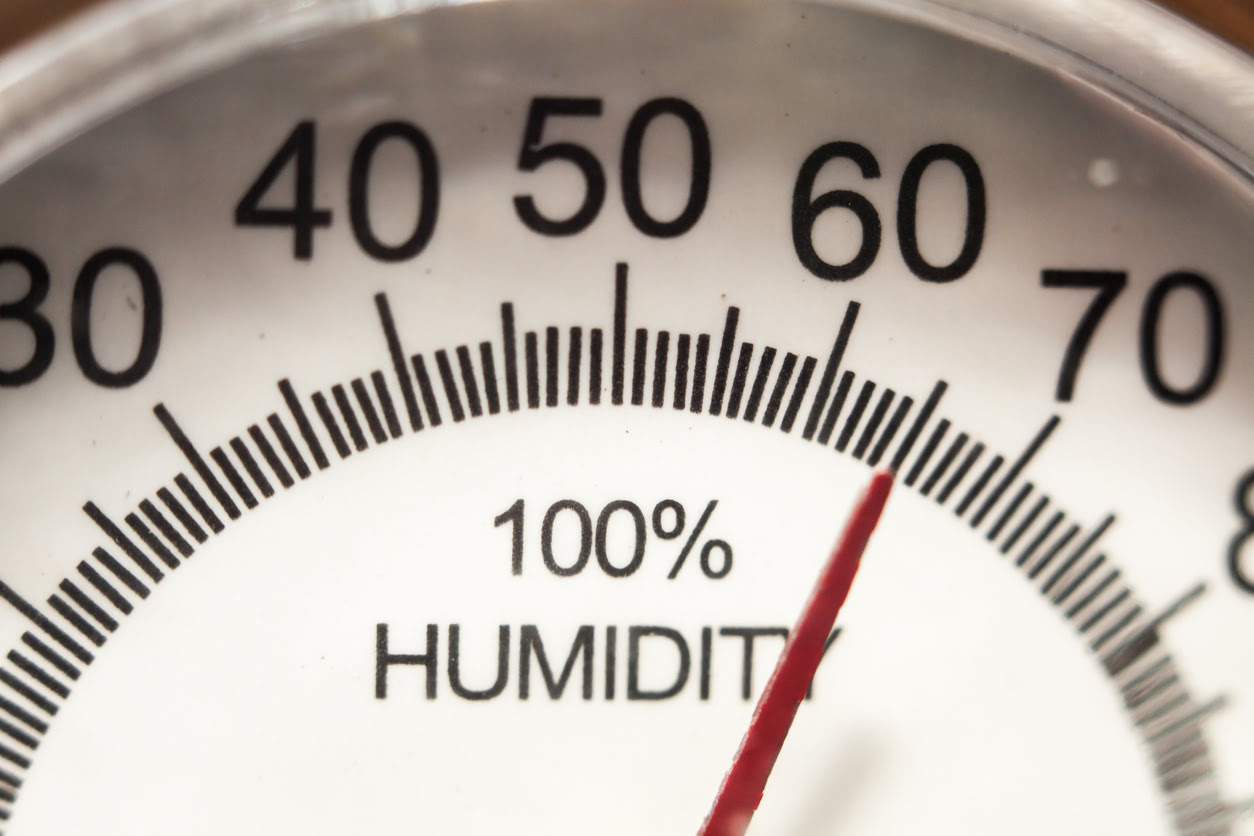

Articles
What Should A Humidifier Be Set At
Modified: January 19, 2024
Discover the ideal humidity levels for your home with this informative article. Learn what a humidifier should be set at for optimal comfort and health.
(Many of the links in this article redirect to a specific reviewed product. Your purchase of these products through affiliate links helps to generate commission for Storables.com, at no extra cost. Learn more)
Introduction
Humidity plays a crucial role in creating a comfortable indoor environment. It refers to the amount of moisture in the air, and the right humidity level can have a significant impact on our overall health and well-being. To maintain optimal humidity levels, many people turn to humidifiers. These devices add moisture to the air, helping to alleviate dryness and promote a more comfortable living space.
In this article, we will explore the importance of humidity levels, factors to consider when setting a humidifier, recommended humidity levels for different seasons, and how to adjust humidity settings based on personal preference. We will also delve into the effects of high or low humidity levels and provide tips for maintaining optimal humidity levels in your home.
So, whether you’re a first-time humidifier owner or just looking to optimize your humidity settings, this comprehensive guide will provide you with all the information you need to ensure a healthy and comfortable indoor environment.
Key Takeaways:
- Maintaining optimal humidity levels is crucial for comfort, health, and preserving belongings. Consider factors like room size, climate, and personal preference when setting your humidifier for a healthy indoor environment.
- High or low humidity can lead to discomfort, mold growth, and health issues. Use a hygrometer, adjust settings based on personal preference, and follow maintenance tips to achieve and maintain ideal humidity levels for a comfortable living space.
Importance of Humidity Levels
The level of humidity in the air can have a profound impact on our overall comfort and health. Maintaining the right humidity levels is essential for several reasons:
- Comfort: Adequate humidity helps prevent dryness in our skin, eyes, and throat, making us feel more comfortable in our living spaces. It can also alleviate respiratory issues, such as coughing or congestion.
- Sleep quality: Dry air can cause discomfort during sleep, leading to restless nights and disrupted sleep patterns. By maintaining proper humidity, you can improve the quality of your sleep, resulting in a more restful and rejuvenating night’s rest.
- Protecting furniture and belongings: Lack of moisture in the air can cause wood to shrink and crack, affecting the condition of furniture, flooring, and even musical instruments. Maintaining appropriate humidity levels helps preserve the integrity of these items and extends their lifespan.
- Preventing static electricity: Decreased humidity can lead to an increase in static electricity, which can be troublesome, especially during the winter months. Adequate humidity levels help reduce static electricity, preventing annoying shocks and potential damage to electronic devices.
- Supporting healthy respiratory function: Dry air can exacerbate respiratory issues such as asthma, allergies, and sinus problems. By maintaining optimal humidity levels, you can alleviate symptoms and support healthy respiratory function.
It is important to note that extreme levels of humidity, whether too high or too low, can also have negative effects. High humidity can promote the growth of mold and mildew, leading to potential health hazards and structural damage. On the other hand, low humidity can result in dry skin, respiratory issues, and increased susceptibility to colds and flu.
Understanding the importance of humidity levels is crucial for creating a comfortable and healthy indoor environment. By utilizing a humidifier and properly adjusting its settings, you can find the perfect balance of humidity to suit your needs.
Factors to Consider When Setting a Humidifier
When it comes to setting up your humidifier, there are several important factors to consider. These factors will help you determine the ideal settings for your specific needs and ensure optimal performance:
- Room size: The size of your room plays a significant role in determining the right humidifier settings. Larger rooms require a higher moisture output, while smaller rooms may need lower settings. Consider the square footage of the room and check the humidifier’s coverage area to ensure it can adequately humidify the space.
- Humidity level: It is essential to monitor the current humidity level in your home. Invest in a hygrometer, a device that measures humidity levels, to accurately gauge the moisture content of the air. This will help you determine whether you need to increase or decrease the humidity settings on your humidifier.
- Climate: The climate in your region can impact the ideal humidity level in your home. In dry climates, you may need a higher humidity setting to combat the lack of moisture in the air. In more humid regions, adjusting the humidifier to a lower setting may be necessary to avoid excessive moisture.
- Time of year: The time of year also plays a role in setting the humidifier. During the colder months, when heaters are running and indoor air tends to be drier, you may need to increase the humidity settings. In the summer, when natural humidity levels are higher, you may want to adjust the humidifier to a lower setting.
- Personal preference: Everyone has different comfort levels when it comes to humidity. Some individuals may prefer a more humid environment while others may find it uncomfortable. Experiment with different settings and monitor your comfort level to find the sweet spot that works best for you.
- Maintenance: Regular maintenance of your humidifier is crucial to ensure its optimal performance. Keep an eye on the filters and clean them regularly to prevent the buildup of bacteria and mold. Proper maintenance will help maintain the effectiveness of your humidifier and prevent any issues that could affect the desired humidity levels.
Considering these factors will help you set your humidifier at the optimal settings for your specific needs, ensuring a comfortable and healthy indoor environment.
Recommended Humidity Levels for Different Seasons
The ideal humidity levels can vary depending on the season and climate. Here are some general guidelines for recommended humidity levels for different seasons:
- Winter: During the winter months, humidity levels tend to drop due to the use of heating systems, which can dry out the air. It is recommended to maintain a humidity level between 30-40% to prevent dryness and respiratory discomfort. This range helps keep the air moist enough to alleviate dry skin and prevent static electricity, without causing excessive moisture buildup.
- Spring and Fall: In transitional seasons like spring and fall, the recommended humidity levels remain similar to those in winter. Aim for a range of 30-40% to maintain comfort and prevent dryness, particularly as the weather fluctuates.
- Summer: Summer months often bring higher humidity levels naturally due to increased outdoor moisture. To maintain a comfortable indoor environment, aim for humidity levels between 40-50%. This range helps prevent excess moisture buildup, which can lead to mold and mildew growth.
- Year-round considerations: While seasonal adjustments are important, it’s also essential to consider year-round factors. For individuals with respiratory conditions or allergies, maintaining humidity levels between 40-50% throughout the year can help alleviate symptoms and promote better breathing.
Remember that these recommendations serve as general guidelines. Personal preference, climate, and the specific needs of individuals in your household may require adjustments within these ranges. A hygrometer can be a valuable tool in monitoring humidity levels and fine-tuning your settings accordingly.
By maintaining recommended humidity levels for different seasons, you can create a comfortable living environment that supports your overall well-being.
Set your humidifier between 30-50% relative humidity to maintain a comfortable and healthy indoor environment. Too much humidity can lead to mold and mildew, while too little can cause dry skin and respiratory issues.
Adjusting Humidity Settings Based on Personal Preference
While there are recommended humidity levels for different seasons, personal preference also plays a significant role in determining the ideal humidity settings for your home. Here are some considerations to help you adjust the humidity settings based on your preferences:
- Comfort level: Pay attention to how you feel in different humidity conditions. Some individuals may prefer a slightly higher humidity level to keep their skin moisturized and prevent respiratory discomfort. Others may find lower humidity settings more comfortable. Experiment with different settings and monitor your comfort level to find what works best for you.
- Allergies and respiratory conditions: If you or a family member suffers from allergies or respiratory conditions, such as asthma, consider adjusting the humidity settings to alleviate symptoms. Higher humidity levels can help soothe dry nasal passages and reduce irritation, while lower humidity levels may be more suitable for individuals with mold or dust mite allergies.
- Sleep quality: Humidity can play a role in promoting better sleep. Some people find a slightly higher humidity level conducive to a more restful sleep, as it can prevent discomfort caused by dryness and congestion. Experiment with different humidity settings to find what helps you sleep soundly through the night.
- Wooden furniture and belongings: If you have wooden furniture, instruments, or other wooden belongings, you may need to consider their response to humidity levels. Wood tends to expand in high humidity and contract in low humidity. Adjust the humidity settings to prevent excessive moisture or dryness that could impact the integrity and condition of your wooden items.
- Energy efficiency: While higher humidity levels can provide comfort, they may also increase energy consumption. Higher humidity requires the humidifier to work harder to maintain the desired level, leading to increased electricity usage. Consider finding a balance between comfort and energy efficiency by adjusting the humidity settings accordingly.
Remember to monitor the humidity levels regularly using a hygrometer and make adjustments as necessary. It’s important to strike a balance between personal comfort and maintaining a healthy indoor environment.
By adjusting the humidity settings based on personal preference, you can create a customized and comfortable living space that suits your specific needs.
Read more: What To Put In A Humidifier
Effects of High or Low Humidity Levels
Humidity levels that are too high or too low can have various effects on our health, comfort, and the overall condition of our living spaces. Let’s explore the potential effects of high and low humidity levels:
- High Humidity:
- Discomfort: Excessive humidity can make the air feel heavy and sticky, leading to a general feeling of discomfort.
- Mold and mildew growth: High humidity creates a favorable environment for the growth of mold and mildew, compromising indoor air quality and potentially causing respiratory issues.
- Musty odors: Excess moisture can lead to unpleasant, musty odors in the home, particularly in damp areas like basements and bathrooms.
- Damage to furniture and belongings: High humidity can cause damage to wooden furniture, books, and other belongings, leading to warping, cracking, or degradation.
- Increased allergens: High humidity can worsen allergy symptoms by promoting the growth of allergens such as dust mites and mold spores.
- Low Humidity:
- Dry skin and respiratory discomfort: Low humidity can cause dry skin, chapped lips, and dry nasal passages, leading to discomfort and potential respiratory issues like congestion and coughing.
- Increased susceptibility to illnesses: Dry air can make the respiratory system more prone to infections like colds, flu, and sinusitis.
- Static electricity: Low humidity can create an environment with increased static electricity, resulting in annoying static shocks and potential damage to electronic devices.
- Damage to wooden items: Insufficient humidity can cause wood to shrink and crack, leading to damage to wooden furniture, musical instruments, and flooring.
- Poor sleep quality: Dry air can contribute to discomfort during sleep, resulting in disrupted sleep patterns and poor quality rest.
Maintaining an appropriate balance of humidity is crucial for our well-being and the longevity of our belongings. Regularly monitoring and adjusting the humidity levels in our homes can help prevent these adverse effects and create a comfortable and healthy indoor environment.
Tips for Maintaining Optimal Humidity Levels
Maintaining optimal humidity levels in your home is essential for your comfort, health, and the preservation of your belongings. Here are some tips to help you achieve and maintain the ideal humidity levels:
- Use a humidifier: Invest in a quality humidifier to add moisture to the air when humidity levels are too low. Choose a humidifier that suits the size of your room and has adjustable settings for better control.
- Monitor humidity levels: Use a hygrometer to regularly check the humidity levels in your home. This device will provide you with accurate readings, allowing you to determine if adjustments are needed.
- Circulate the air: Use fans or open windows to circulate the air in your home. Proper air circulation helps distribute the moisture evenly and prevents stagnant areas of high humidity or low humidity.
- Avoid over-humidification: While it’s important to add moisture to the air, excessive humidity can lead to mold growth and other issues. Follow manufacturer guidelines for your humidifier and make adjustments accordingly.
- Seal air leaks: Inspect your home for any air leaks that could let in excessive moisture or allow humidity to escape. Properly sealing windows, doors, and other gaps will help maintain consistent humidity levels.
- Fix plumbing issues: Leaks or plumbing problems can lead to excess moisture in your home. Address any plumbing issues promptly to prevent the accumulation of moisture and mold growth.
- Keep an eye on condensation: Condensation on windows or other surfaces is a sign of excessive humidity. Wipe away the condensation and take measures to lower the humidity levels if it becomes a recurring issue.
- Use dehumidifiers when necessary: In areas where humidity is consistently high, such as basements or bathrooms, consider using a dehumidifier to reduce excessive moisture levels.
- Regularly clean and maintain your humidifier: Clean your humidifier according to the manufacturer’s instructions to prevent the buildup of bacteria or mold. Replace filters as recommended and keep the device in good working condition.
- Protect wooden furniture and belongings: Use appropriate measures, such as using coasters and maintaining proper ventilation, to protect wooden furniture and belongings from the potential damage of high or low humidity levels.
By following these tips, you can maintain optimal humidity levels in your home, promoting a comfortable and healthy living environment for you and your family.
Conclusion
Maintaining the right humidity levels in your home is essential for your overall well-being and comfort. Whether it’s using a humidifier to add moisture during dry winter months or employing dehumidifiers in humid areas, finding the optimal balance is crucial.
By understanding the importance of humidity levels, considering factors such as room size, personal preference, and climate, and adjusting humidity settings accordingly, you can create a comfortable and healthy indoor environment. Monitoring humidity levels using a hygrometer and making necessary adjustments will ensure that you maintain the ideal moisture content in the air.
Remember that both high and low humidity levels can have adverse effects, from mold growth and discomfort to damage to your belongings and increased susceptibility to health issues. By following recommended humidity levels for different seasons and taking into account individual preferences, you can strike the right balance.
In addition, implementing tips such as proper air circulation, sealing air leaks, and maintaining your humidifier or dehumidifier will assist in maintaining optimal humidity levels. Regular maintenance and keeping an eye on condensation will further prevent any issues related to humidity imbalance.
Ultimately, achieving and maintaining optimal humidity levels will contribute to a healthier, more comfortable living environment. From promoting better sleep quality to safeguarding your wooden furniture, maintaining the right balance of moisture in the air is key.
So, take the necessary steps to ensure your home’s humidity levels are ideal for your personal needs. By doing so, you can enjoy the benefits of a comfortable and healthy living space all year round.
Frequently Asked Questions about What Should A Humidifier Be Set At
Was this page helpful?
At Storables.com, we guarantee accurate and reliable information. Our content, validated by Expert Board Contributors, is crafted following stringent Editorial Policies. We're committed to providing you with well-researched, expert-backed insights for all your informational needs.
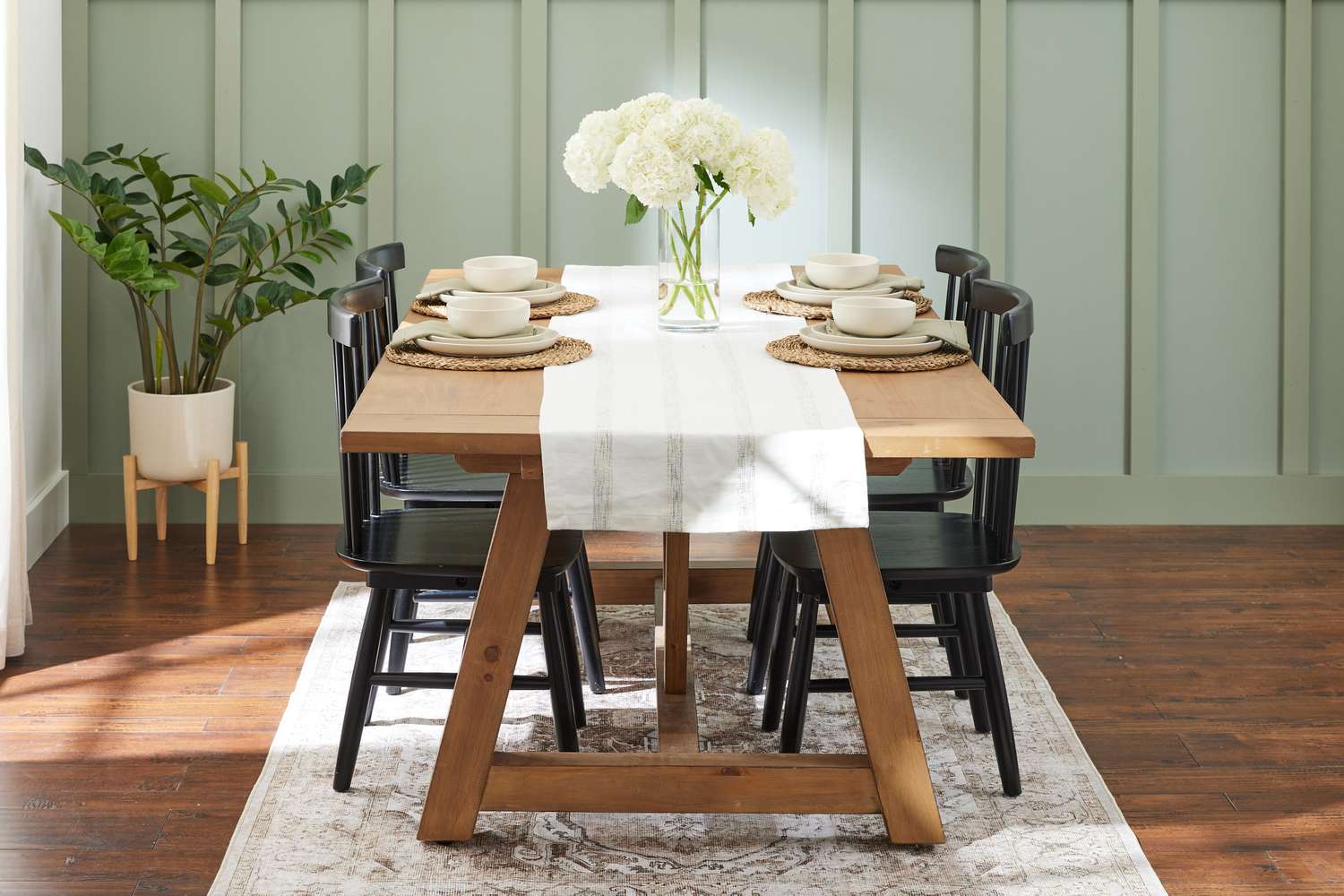


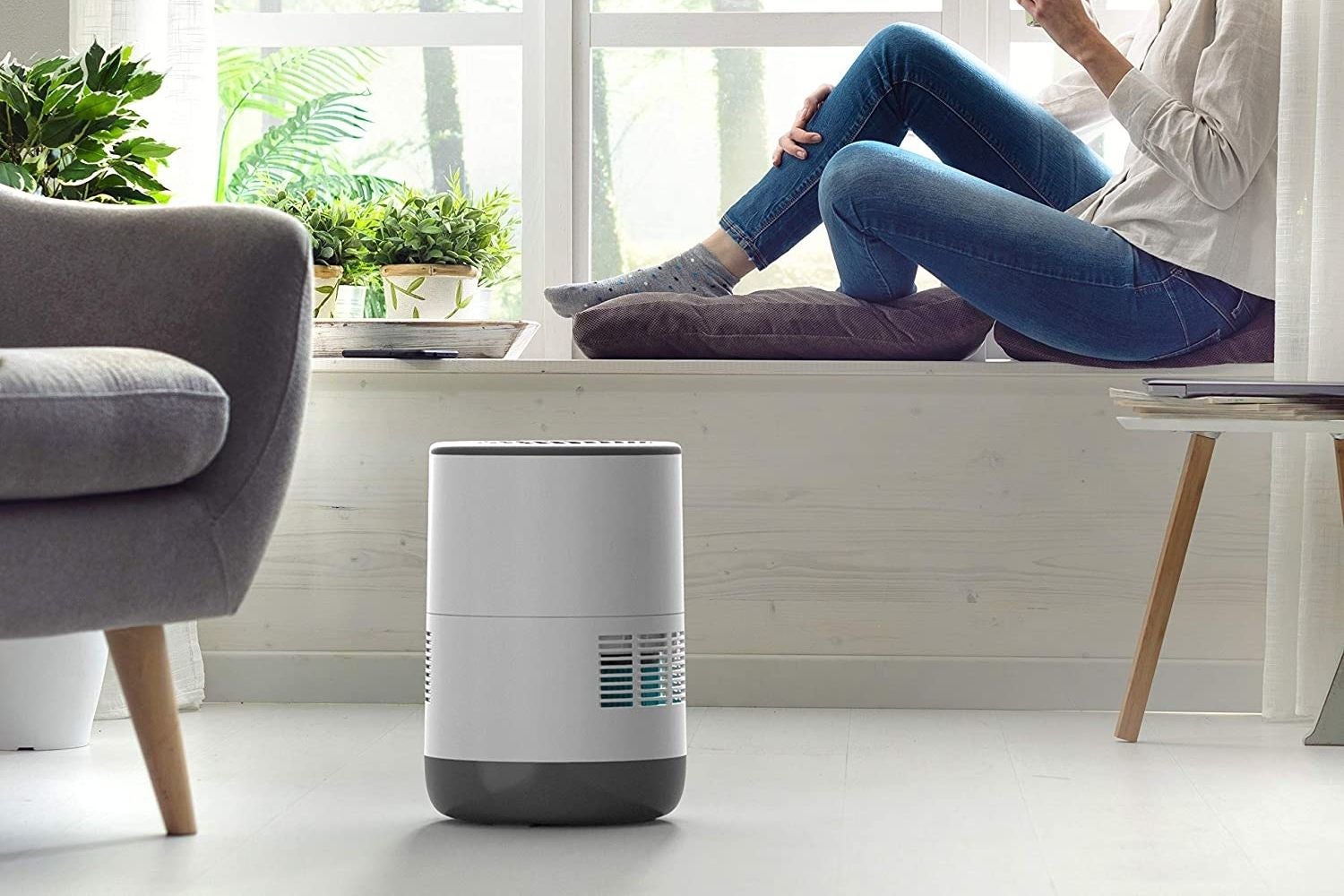

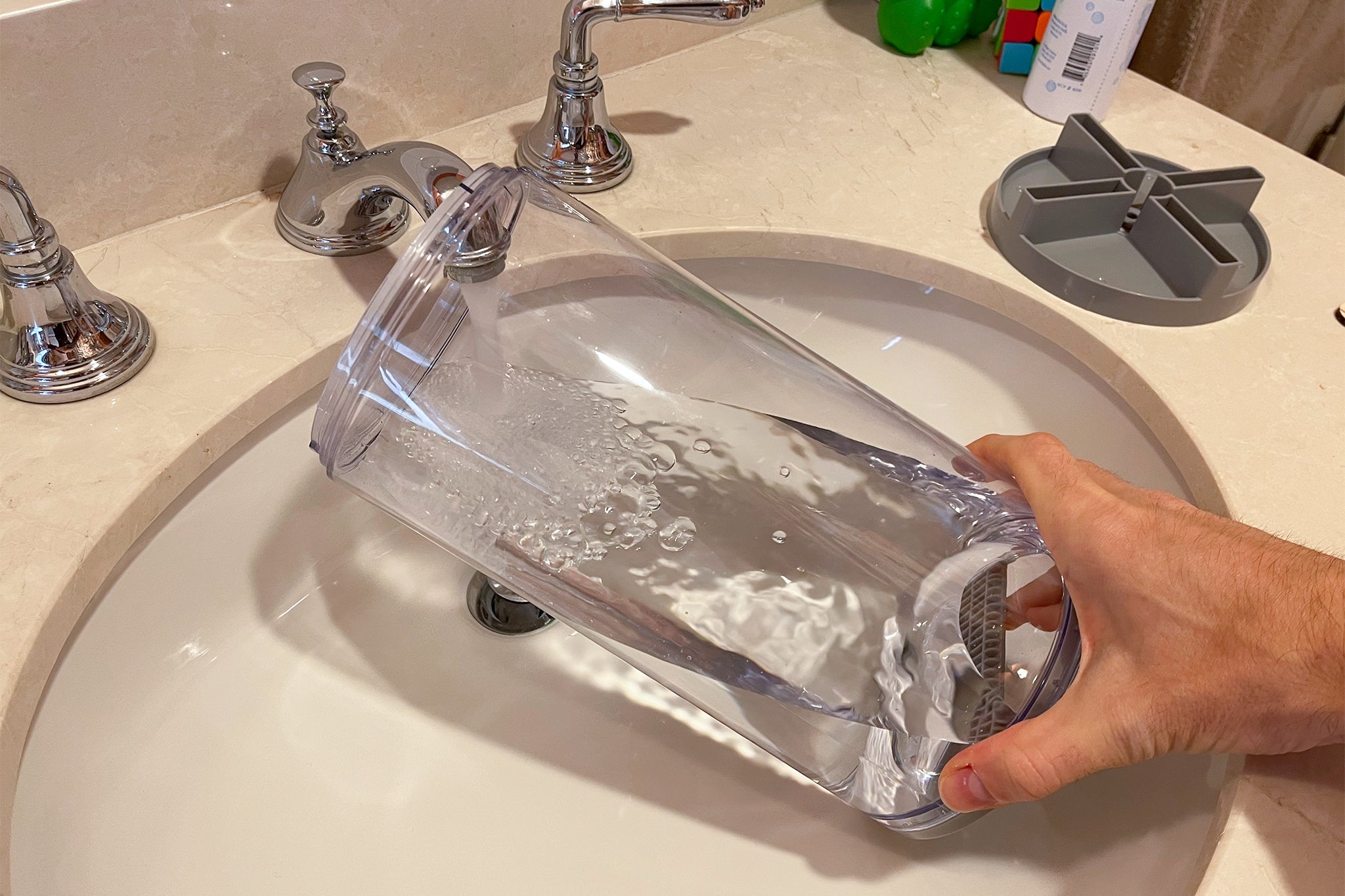
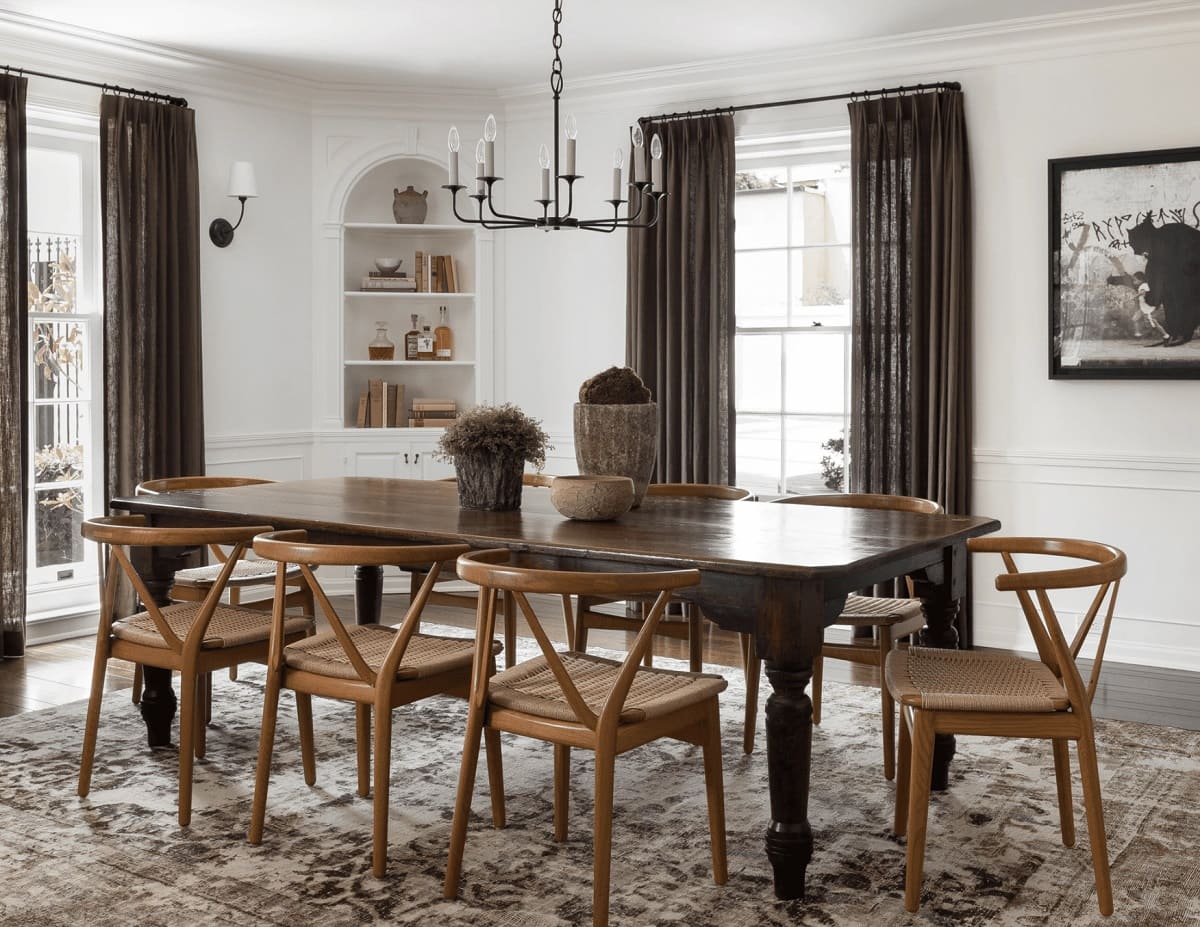


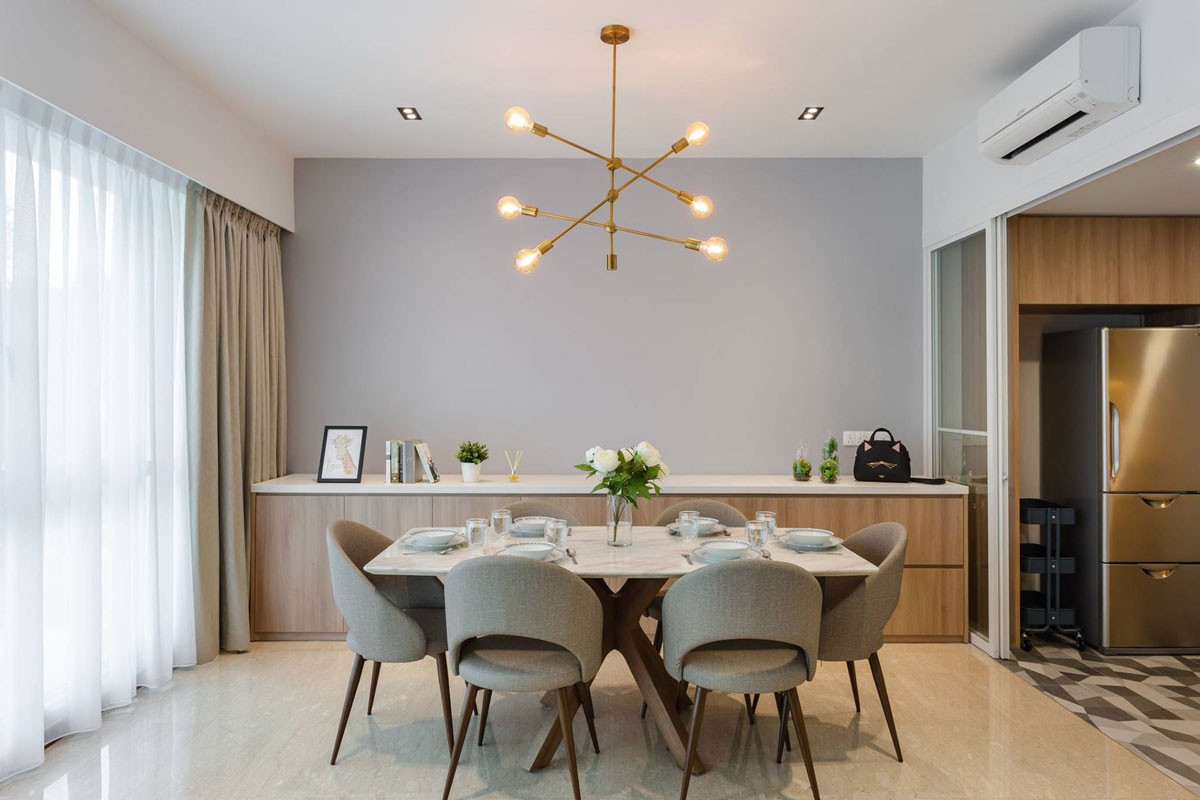
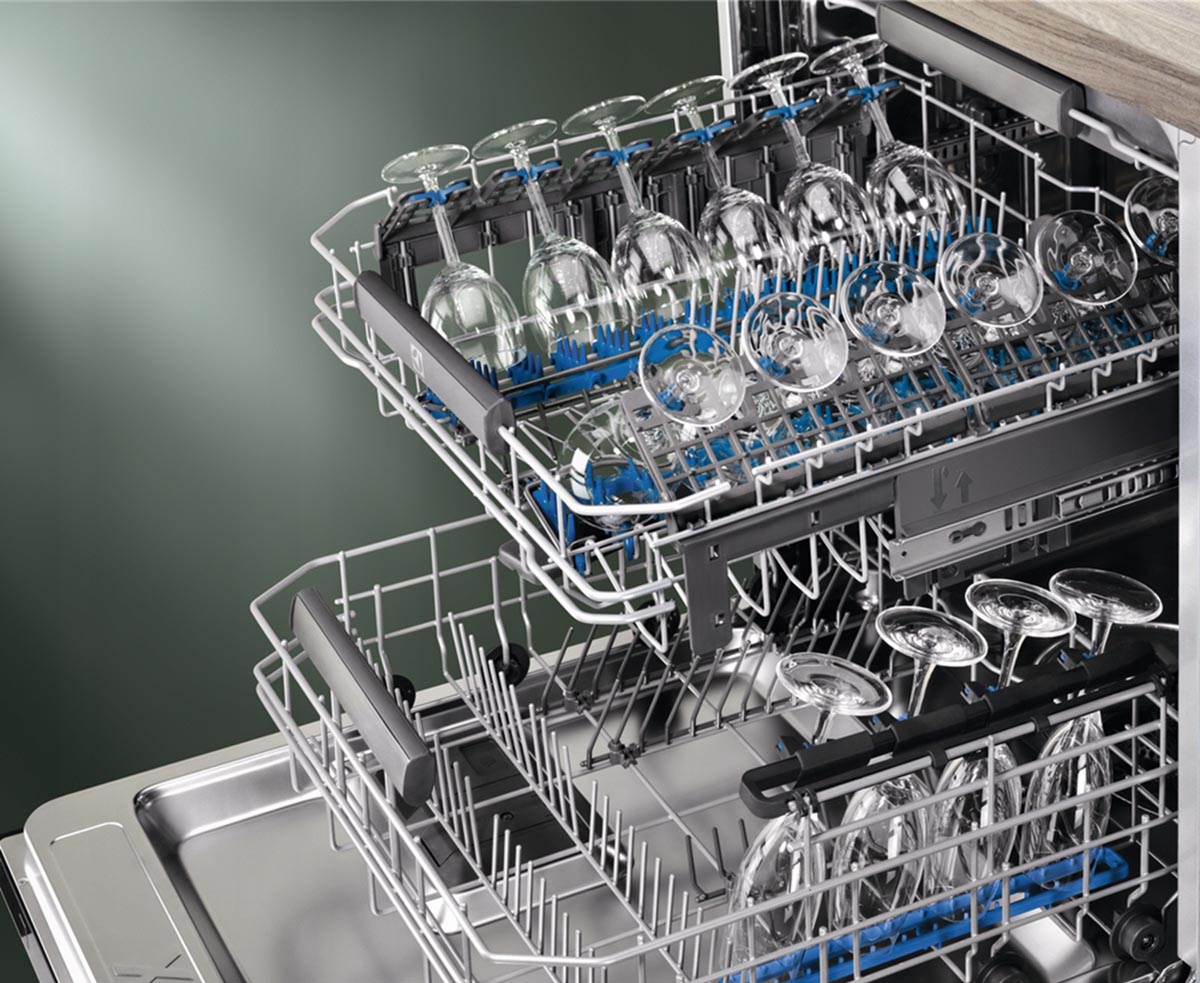


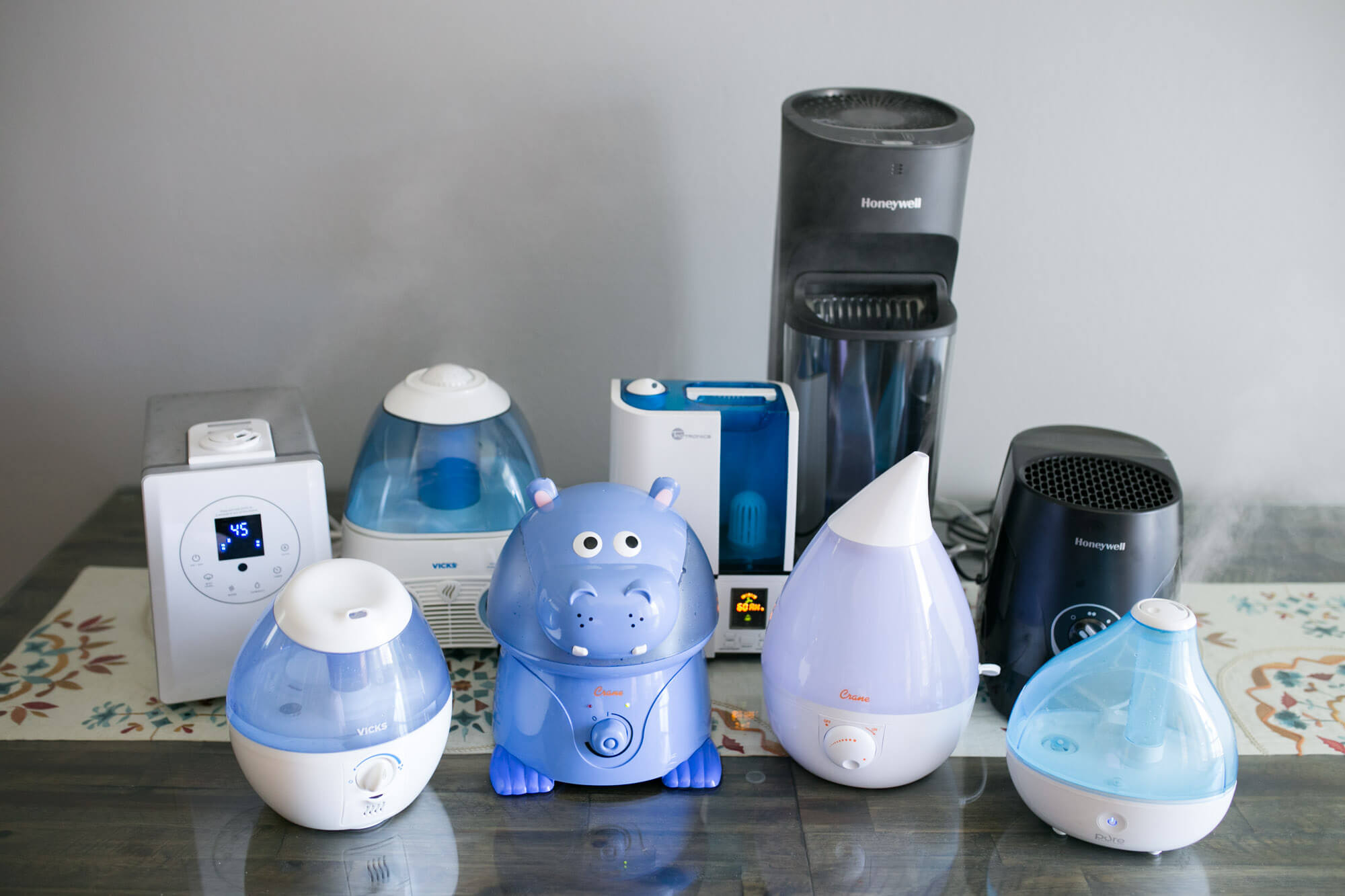

0 thoughts on “What Should A Humidifier Be Set At”